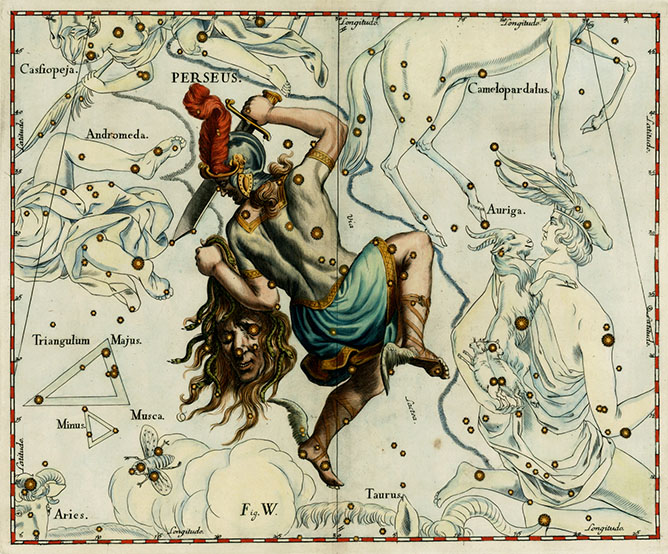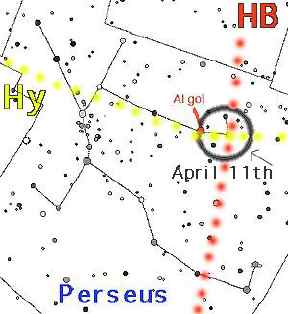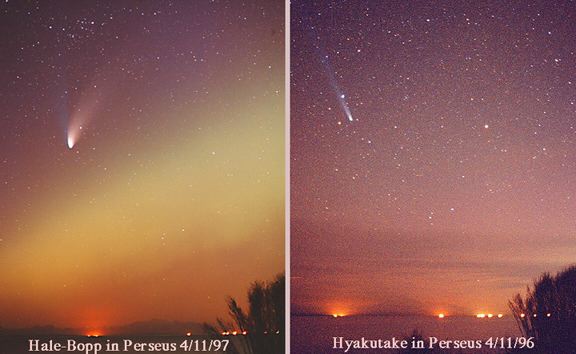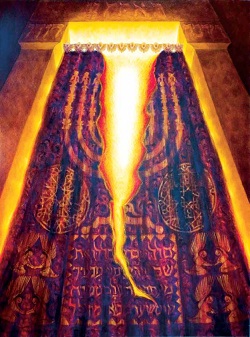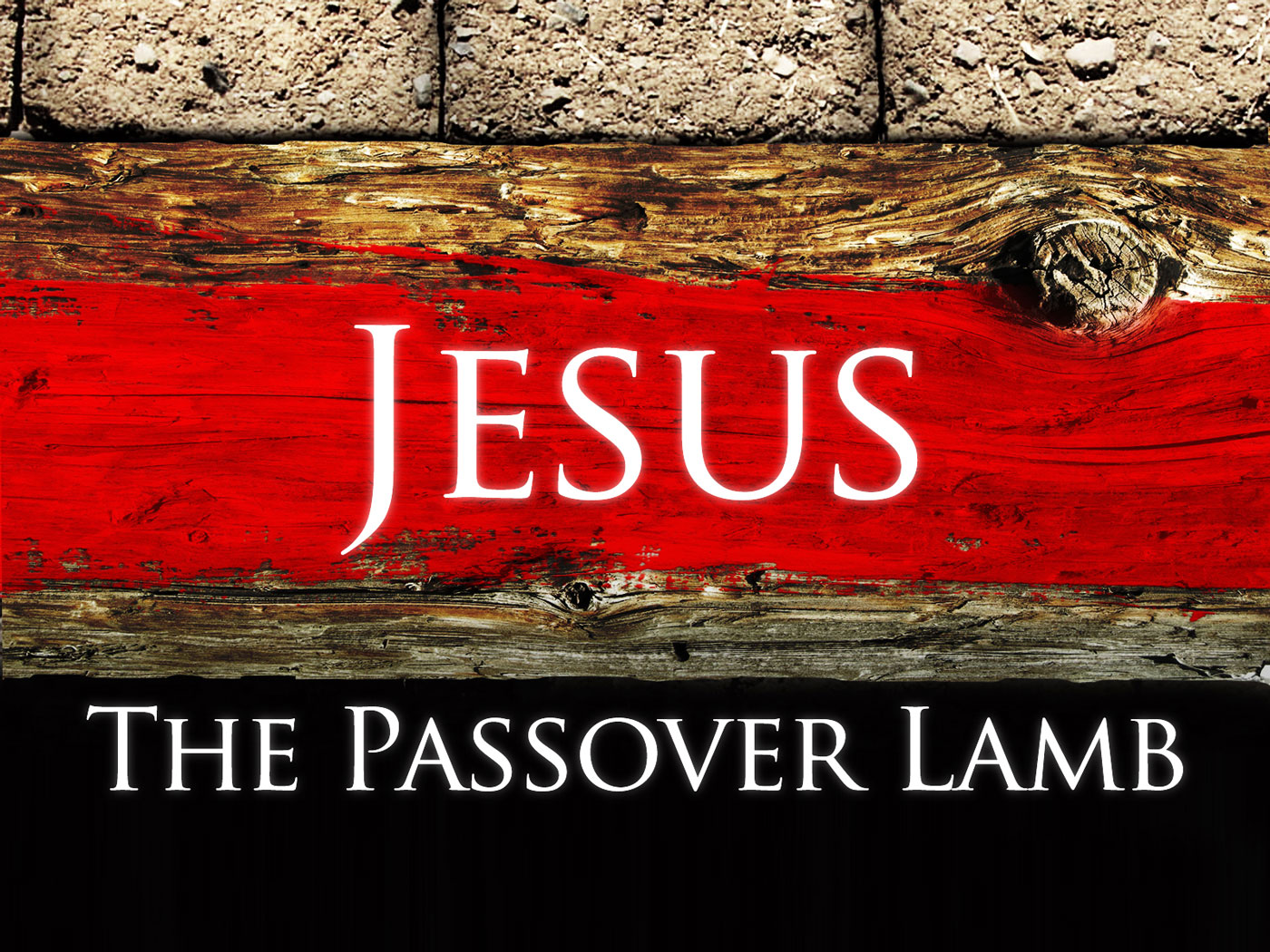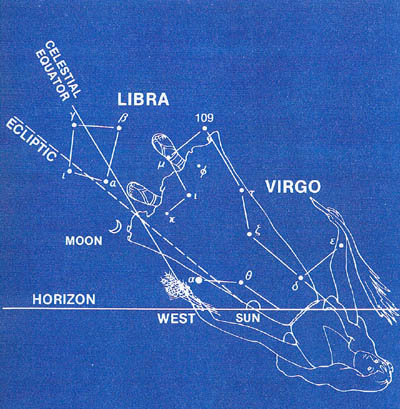
Biblical Astronomy of the November 14th, 2016 Supermoon
This month’s Super-Moon should provide two good nights of observation depending on local cloud cover and other observing conditions; Sunday evening close to sunset, 11-13-16 and the following Monday evening on 11-14-16. We’ve seen Super-Moons before — this will be the second in a series of three this fall. But the full moon that peaks on Monday, November 14 will be closer to Earth than any other since 1948. According to astronomers, the next full Super-Moon on November 14 will be the largest and brightest since January 26, 1948, and a full moon will not appear closer to Earth until November 25, 2034. There hasn’t been a full moon like this one in nearly seventy years.
What makes this Super-Moon appear so large to us? Scientifically its known as a “perigree moon” referring to when the moon approaches the closest point in its earthly orbit. Also, when a Perigree Moon combines with the full moon, it appears a more magnified, and super lit moon. NASA says the Nov. 14th Super-Moon will appear 30 percent brighter and 14 percent larger than a typical full moon.

We witnessed a Super-Moon just last year finishing the 2014-2015 Blood Moon Tetrad on Sukkot- September 28, 2015, as seen in the graphic below. This followed a Partial Solar Eclipse as we noted in our August 2015 Blog. Although this year’s November Super-Moon is not linked with a Blood Moon Tetrad, there was a Tetrad of Eclipses on Hebrew Feasts and Holidays in 2016 as we summarized in our Sept. 2016 Blog. Also the last time there were 3 consecutive Super-Moons was in July, August and September of 2014 which opened the 2014-2015 Blood Moon Tetrad, providing some super-moon symmetry to this tetrad. When the Moon as Earth’s primary natural satellite is closest in its lunar orbit, its presence can serve as a reminder or heavenly sign of Jesus’ intimate presence since the Moon symbolizes Jesus the Son reflecting the image of His Father, even as the moon reflects the sun-light.” As [II Cor. 4:4-6] tells us;
4 The god of this age has blinded the minds of unbelievers, so that they cannot see the light of the gospel that displays the glory of Christ, who is the image of God. 5 For what we preach is not ourselves, but Jesus Christ as Lord, and ourselves as your servants for Jesus’ sake. 6 For God, who said, “Let light shine out of darkness,”[a] made his light shine in our hearts to give us the light of the knowledge of God’s glory displayed in the face of Christ.
The excerpt below provides important context for a fuller understanding of this month’s Super Moon.
[Joel 2:31, Matthew 24:29-34, Mark 13:24, Acts 2:20].

There have only been eight Blood Moon Tetrads since the Ascension of Christ. The modern Blood Moon Lunar Tetrads have consistently happened on Passover and Tabernacles – the first and last of the 7 Biblical feasts, and have always been indicative of persecution and/or war for Israel. These Alpha and Omega heavenly signs linked to the Hebrew Feasts are notable also because they emphasize the entire set of 7 key feasts marking the first and last holy days with the Blood Moons. They have emphasized the order of these feasts in history related to prophecy and the Return of Christ. There is also a long standing Jewish tradition linking the Second Coming of Jesus Christ with the Feast of Tabernacles, since Christ will finally “Tabernacle among us.” During the last 2000 years of the Age of Grace, Israel has been dispersed and persecuted among the Gentile nations, yet the Almighty has protected them even though Israel did not keep God’s Feasts as a unified body. Since the Nation of Israel was reformed in 1948, the Heavenly Father has consistently reminded Israel of His providential protection, restoring them in stages. The Blood Moon Lunar Tetrads and Solar Eclipses have served to mark these feasts, with specific acts of God’s deliverance and restoration that brought Israel back together as a nation, retaking Jerusalem as their holiest capital city. As the citizens of Israel have shared in their national restoration, they have also re-awakened to recognizing the Heavenly Father, and His perpetual Feasts. The Blood Moon Lunar Tetrad and Solar Eclipses, have stood out because they are linked to Hebrew Feast and holy days. The Creator views these convocations as His Feasts. These perpetual feasts are designed for humanity to honor the Almighty as the ultimate Source of Light, Life and Love in Creation.
The previous Blood Moon Tetrad to 2014-2015 took place in 1967-68, the year of the miraculous Six-Day War when Jerusalem and the Temple Mount were re-captured. Prior to that was the 1949-50 Tetrad, just after Israel became a nation in 1948. These were major prophetic milestones fulfilling many Biblical predictions of God’s restoration of Israel. These highly significant events were marked in the heavens, not only by the 1948 Super-Moon, but also tetrad Blood Moons of Soli-Lunar Eclipses. We should also beware that other heavenly signs like Comets were prominent during this time. These time frames, 1967 and 1948, are two of the most important periods in all history marking and fulfilling end-times prophecy.
2. Palestine Post

The 1948 Comet-called the “Eclipse Comet” was a spectacular sight approaching the Sun during the first week of November with a total solar eclipse. This eclipse occurred after Sukkot week at sundown Nov. 1st, leading into the 8th month- Rosh Chodesh Chesvan holy day. Its period of naked eye visibility extended from Nov. 1 to Dec. 20. It was first noted as a brilliant object about 2 degrees southwest of the Sun during the total solar eclipse on November 1st, mag. about -2. It was re-discovered in the morning twilight of November 4th as an object of zero to 1st magnitude with a 20 degree tail. Its southwest path through Hydra during November and December as a 2nd magnitude object with a tail up to 30 degrees long, was visible mainly in the Southern and low Northern latitudes. This 1948 eclipse comet appeared near the eclipsed sun as if it was holding a sword. With its position passing through Hydra-the serpent destroyed, this sword was raised against the serpent-enemy persecuting Israel. This imagery is consistent with the message of our previous blog post this month on the Comets in Perseus.
3. Astronomy Blog- Anurua Guruge

The Nov. 14th Super-Moon, being the largest Super-Moon since 1948, is a special sign concerning the restoration of Israel promised in Scripture prophecy. These heavenly signs are warnings that the Second Coming of Jesus Christ is imminent, according to the Hebrew Jubilee Calendar. What follows is from our May 2016 Archive Blog Post on the Judah Ben Samuel’s Jubilee Prophecies.
“From the Balfour Declaration on November 2, 1917-during the 1917-1918 Jubilee, to the retaking of the Western Wall during the 1966-1967 Jubilee, to the Jubilee just completed from September 2015 to the fall of 2016, God is at work restoring His Blessings to Israel in stages. The Temple Mount seems like the next logical stage of this restoration process, along with the nations attempt to divide the land of Israel.
In Israel’s War of Independence against five Islamic nations, Jerusalem remained a “divided city.” The Jordanian government controlled the eastern part of Jerusalem including the Temple Mount and the Old City of Jerusalem. A strip of land divided Israeli control of Western Jerusalem and Jordanian run East Jerusalem. This strip of land was called “No-Man’s Land” by both Israelis and Jordanians. After the 6-Day War, on June 17, 1967, the Israeli Army controlled the entire West Bank and all of Jerusalem was returned to their possession, 750 years after Judah Ben Samuel made this prediction, these events fulfilled all the conditions of the prophecy. Then came the Rabbi’s last piece of his prediction:
“In the ninth Jubilee, Jerusalem will once again come back into the possession of the Jewish nation – which will signify the beginning of the Messianic end time.”
As we have already seen with our opening verses in Luke 21:24-33, Jesus’ prophecy relating to Jerusalem being over-run by the Gentiles sets the context for the heavenly signs of the Sun, Moon and Stars of the end times. Scholars and Blood Moon enthusiasts have focused on the luni-solar signs, but have neglected their relation to Jerusalem. To understand this better, lets look at added evidence of this in Joel 2 setting the table for Joel 3.

Joel 2:30-32
30 And I will shew wonders in the heavens and in the earth, blood, and fire, and pillars of smoke. 31 The sun shall be turned into darkness, and the moon into blood, before the great and terrible day of the Lord come. 32 And it shall come to pass, that whosoever shall call on the name of the Lord shall be delivered: for in mount Zion and in Jerusalem shall be deliverance, as the Lord hath said, and in the remnant whom the Lord shall call.
This is one of the main “Blood Moon Prophecies” that occurs prior to the victorious return of the Lord, both FOR and WITH his Saints. These verses at the end of Joel 2 provide the immediate context for the prophecy relating to Jerusalem and the Gog-Magog alliance of Gentile nations we can see in current events gathering around Jerusalem setting the stage for coming final battle of Armageddon at the start of Joel 3.
Joel 3:1-2
1 “For behold, in those [climactic] days and at that time,
When I restore the fortunes of Judah and Jerusalem,
2 I will gather together all the [Gentile] nations [that were hostile to My people]
And bring them down into the Valley of Jehoshaphat (the Lord has judged).
And there I will deal with them and enter into judgment with them there
For [their treatment of] My people, My inheritance, Israel,
Whom they have scattered among the nations,
And [because] they have encroached on My land and divided it up.
The sensational focus on the Blood Moon phenomena, not only in Christianity but also in the secular media, has detracted from the reason for the Blood Moon Tetrads in the first place, which is the disposition of Jerusalem and specifically the Temple Mount that determines the final stages of God’s deliverance of Israel and the Church-the Body of Christ. The fact that we have completed the Blood Moon Tetrad of 2014-2015, and the Shemitah/Jubilee of 5776/2016 with four more solar and lunar eclipses on Hebrew Feasts, indicating that we are in a final period forewarning of the victorious Return of the Lord Jesus Christ, closing out world history. Do the events of the US Presidential Election have any bearing on this scenario?
Earlier this week, the Wall Street Journal published an article entitled “Obama’s Israel Surprise?” which warned that Obama “may try to force a diplomatic resolution for Israel and the Palestinians at the United Nations” before the end of his term.
The options that Obama is reportedly considering include; “a resolution formally recognizing a Palestinian state.” The following comes from CNS News:
The Wall Street Journal reported on Monday that according to administration sources, “the White House has asked the State Department to develop an options menu for the president’s final weeks.”
It said the possibilities could include supporting – or not vetoing – a U.N. Security Council resolution condemning Israeli settlements; or a resolution formally recognizing a Palestinian state, or setting “parameters” for a final settlement of the long dispute.
With this week’s defeat of Hillary Clinton in the US Presidential elections Obama knows that his time is short to “leave a legacy” in the Middle East, and seemingly at this point the only chance he may have to get something accomplished is at the United Nations.
Obama’s last day in office is scheduled to be Jan. 20, and so he is up against a deadline. Prior to the election he may have been more hesitant to act because he didn’t want to interfere with Hillary Clinton’s pre-supposed re-election, but after her defeat this week he sees the preservation of his “legacy” slipping away, which could embolden him towards potential action at the U.N.
Perhaps that is why the Obama administration recently told the Palestinians to wait till after the elections for something to get done at the U.N.
On the surface, the latest message to the Palestinian Authority from the Obama administration is no different from the past two decades of American policy: the U.S. will veto any resolution attacking Israel or demanding Palestinian independence without them first making peace with the Jewish state. As reported in Haaretz there was one significant caveat to the warning. They were told not to push for any such resolution until after the presidential election.
The rest of the U.N. Security Council has been ready to pass a resolution formally establishing a Palestinian state for a long time. The only thing holding it back has been the U.S. veto power. Thus, the fate of the land of Israel at the U.N appears to be under the influence of Barack Obama, and he only has until Jan. 20 to make his final decision.
If we do see the land of Israel divided at the United Nations, as prophesied in Joel 3:2 above, then we can certainly see the final stages being set for God’s Judgment on the nations arraying themselves against Israel. Thus we should keep a watchful eye on Obama and the U.N. Security Council as he finishes out the “lame duck” days of his second term ending Jan. 20 2017.
We truly do live in critical times, and the events of the next several weeks could go a long way in shaping the events of the near future, paving the way to the Lord Jesus Christ Gathering his Church. As we remain vigilant and prepared for the Lord’s return, we can spread the word to those distracted by the chaotic protests against the orderly transfer of power in this Great Country of ours-the United States of America.
God’s Abundant Blessings to all who enjoy the freedoms we have here to share God’s Word-as we guard against those dark forces who continually attempt to take them from us.
Your Watchful Servants in Christ
Footnotes
1. Read more at http://www.inquisitr.com/3673732/biggest-supermoon-in-nearly-70-years-on-november-14-will-bring-jesus-second-coming-online/#tV3VK8F60AuBRKpA.99
2. Palestine Post-State of Israel 1948 [pictue credit]
3. Anura Guruge Astronomy Blog [picture credit]
4. Wall Street Journal
5. www.Charismanews.com/opinion/61040-the-biggest-supermoon-since-israel-became-a-nation-in-1948-will-happen-6-days-after-the-election
Comment on Facebook Group
To those of you interested in commenting on this post please go to our Facebook Group Page
https://www.facebook.com/

